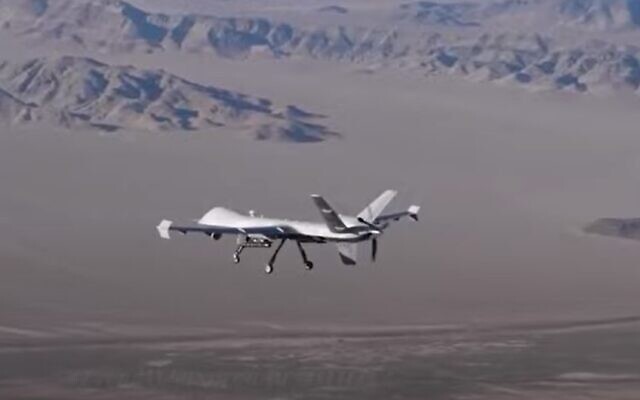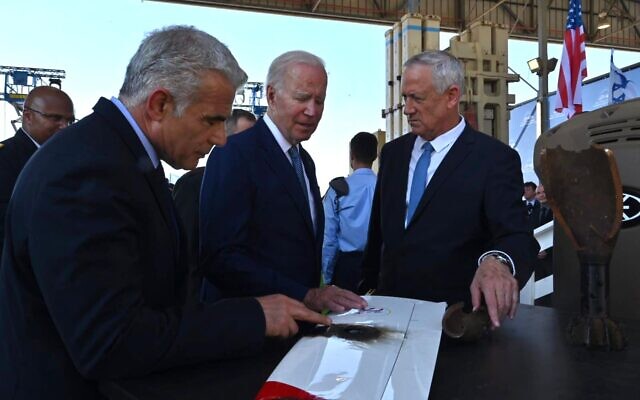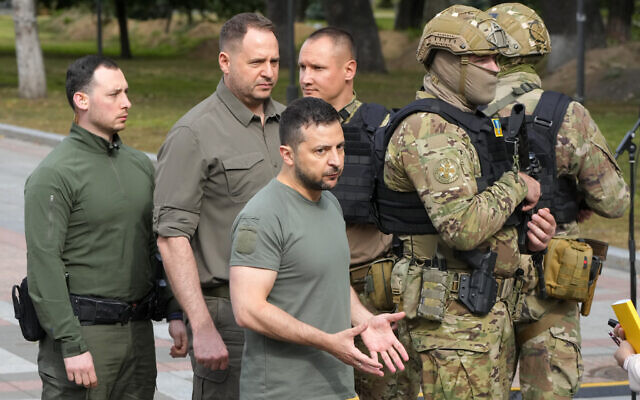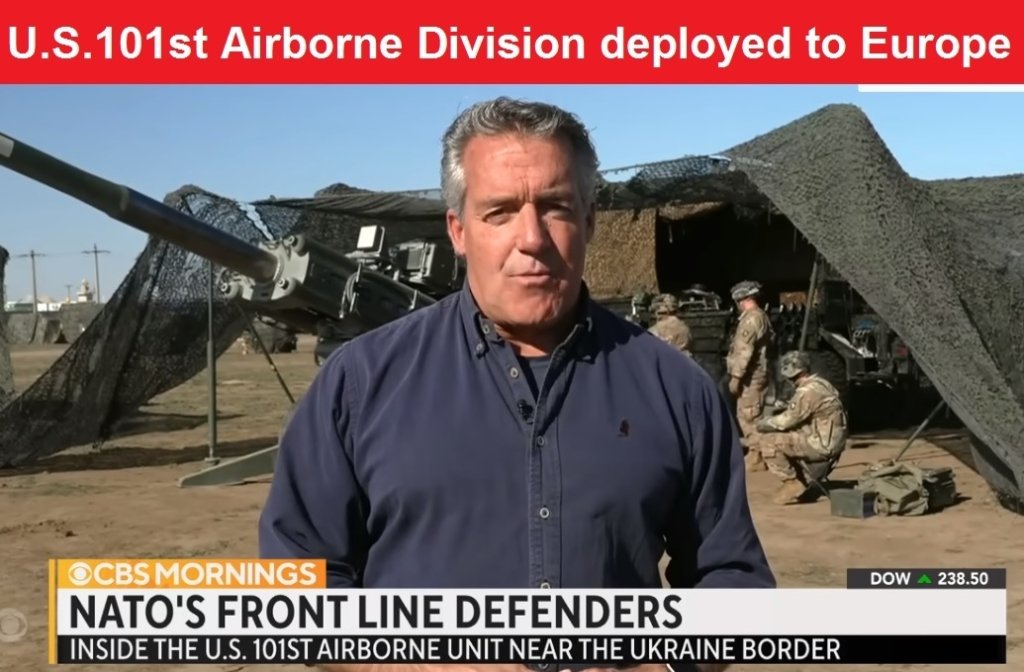Ukrainian expert: Air defenses withheld by Israel would be an ‘outstanding’ solution
Colonel Viktor Kevliuk says David’s Sling, Barak, and Iron Dome systems would be a great fit for emerging array as Russia leans on Iranian-made weapons
A test of the David's Sling missile defense system (Defense Ministry)
By Lazar Berman 19 October 2022, 5:38 pm
Amid an announcement by Ukraine that it would formally ask Israel for assistance in its defense against Russia’s missiles and drones, a Ukrainian military expert highlighted how some Israeli systems could fit into Kyiv’s emerging integrated air defense system.
Colonel Viktor Kevliuk, who retired in 2020 from Ukraine’s Joint Forces Operational HQ and is now a scholar at Kyiv’s Centre for Defence Strategies, told The Times of Israel on Sunday that “technologies developed by Israeli companies in the area of anti-aircraft and anti-missile defense are certainly outstanding design solutions.”
Israel operates a multi-tiered air defense array, made up of the short-range Iron Dome, the medium-range David’s Sling, and the long-range Arrow and Patriot systems. It is also hoping to deploy a short-range laser system in the near future.
On Tuesday, a day after Moscow attacked energy and infrastructure sites across Ukraine with “suicide” drones — believed to be the Iranian-made Shahed-136 — Ukraine’s Foreign Minister Dmytro Kuleba said his country plans to submit a formal request to Israel asking for immediate air defense assistance.
Israel has repeatedly rebuffed Kyiv’s previous requests for defensive weapons, specifically the missile defense systems that could be used to fend off Russian airstrikes, despite expressing sympathy for the country’s plight.
On Wednesday, Defense Minister Benny Gantz reiterated that Israel would not send weapons to Ukraine, but said Jerusalem could build the embattled country a civilian early warning system to warn of incoming strikes, like the one used in Israel.
Iran is Israel’s arch-enemy, and Ukrainian officials have expressed dismay that Israel’s stance has not changed even as Iranian weapons play a growing role in the fight. “Iran is our mutual enemy,” Ukraine’s Ambassador to Israel Yevgen Korniychuk told The Times of Israel, “but Israel is providing only very limited intelligence cooperation.”
Iran agreed to sell Moscow Fateh 110 and Zolfaghar short-range surface-to-surface ballistic missiles, Reuters reported on Tuesday.

Col. (ret.) Viktor Kevliuk (courtesy)
Kevliuk said that the mid-range David’s Sling system “could significantly strengthen Ukraine’s anti-aircraft and anti-missile defense.”
The system, designed to intercept rockets and missiles at a range of 40-300 kilometers, would be especially effective against the Russian Iskander ballistic missile, said Kevliuk.
Ukraine is currently looking to the US-Norwegian NASAMS system to improve its defenses against Iskanders and cruise missiles. After massive Russian missile attacks last week, the US announced it was rushing batteries to Ukraine. Germany is also sending vehicle-mounted Iris-T batteries.
Kevliuk added that the Israeli-Indian Barak 8 system could improve the defense of Ukraine’s 1,300-plus kilometers of coastline.
Much of Moscow’s success in the conflict has been along the coast, where Russian forces have captured a swath of territory stretching from the border near Mariupol to the outskirts of Mykolaiv. Russian ships in the Black Sea have used Kalibr cruise missiles in attacks on Odesa’s port and in a July strike in Vinnytsia that killed over 20 civilians.
The Barak-8, also known as the Long Range Surface-to-Air Missile (LRSAM), has a maritime version used by Israel’s Saar-6 Corvette warships and by the Indian navy. It can protect against a range of threats, including ballistic missiles, cruise missiles and enemy aircraft.
Korniychuk also pointed at the Barak-8 as a desired medium-range solution.

A screenshot of an Iranian Shahed-129 combat drone. (YouTube/Future Technology of Military)
Israel’s laser systems, currently under development, would be only partially relevant for Ukraine because of its weather, Kevliuk said.
“Every year 15-30 days are fog — up to 130 days a year in the mountains — and only 217 sunny days, so laser complexes would be an auxiliary means to support the main anti-missile array,” he said.
The downside of a laser system is that it does not function well in times of low visibility, including heavy cloud cover or other inclement weather.
The Defense Ministry has been testing the laser-based defense system for several years, shooting down drones, unguided rockets and anti-tank guided missiles in a series of tests in March.
The ministry’s research and development department initially planned to deploy the anti-missile system by 2024, but the military has pushed for an earlier deployment. Then-prime minister Naftali Bennett announced in February that Israel would deploy the system within the year.

Defense Minister Benny Gantz, right, presents US President Joe Biden with the wing of a drone intercepted by the Iron Beam laser defense system, as Prime Minister Yair Lapid (L) looks on at the Ben Gurion Airport, July 13, 2022. (Ariel Hermoni/Defense Ministry)
But in March, Defense Minister Benny Gantz said: “It will take time, it isn’t a short process, but we will get it done in the shortest amount of time possible.”
The ground-based laser system — dubbed Iron Beam — which is being developed with the Rafael weapons manufacturer, is not meant to replace the Iron Dome or Israel’s other air defense systems, but to supplement and complement them, shooting down smaller projectiles and leaving larger ones for the more robust missile-based batteries.
Uzi Rubin, past head of the Defense Ministry Missile Defense Organization and a fellow at the Jerusalem Institute for Strategy and Security, is skeptical that it will be ready anytime soon. “There is in total one prototype that has done tests in the Negev, but it hasn’t ever actually intercepted anything. And there is only one, and it will be years until there are more.”
Iron Dome
Ukrainian officials have been asking for the Iron Dome short-range system since the early days of the invasion.
In the second week of the war, Lviv Oblast governor Maksym Kozytskyy told The Times of Israel that Ukraine was particularly interested in air defense systems like Iron Dome.
“If we had the same opportunity that Israel does, these air defense systems, we would have prevailed in the air,” he said.
Also in March, Ukrainian President Volodymyr Zelensky brought up Iron Dome while addressing the Knesset.
Only last month, Zelensky complained in an interview with France’s TV5Monde that Israel had given his country “nothing” to help it defend itself, indicating that its leaders had been disingenuous in rejecting his requests for air defense systems.

Ukrainian President Volodymyr Zelensky, center, reacts after his press conference in Kyiv, Ukraine, Friday, September 9, 2022. (AP/Efrem Lukatsky)
“Israel gave us nothing. Nothing, zero,” Zelensky said. “I understand they are in a difficult situation with Syria, with Russia.”
Zelensky, who said he spoke to Lapid and his predecessor Bennett about air defense supplies, indicated that he was told the reason for the refusal was that Israel needed the batteries for its own protection.
“I understand they need to defend their land, but then I got information from my intelligence services that Israel provides [the air defenses] in other countries. They can sell, they can export, which is why I am shocked.”
Iron Dome is most relevant for Ukraine because of the system’s growing anti-UAV capabilities. Since 2021, it has proven its ability to destroy Hamas drones in combat on a number of occasions.
“Today it can intercept UAVs,” said Rubin. “If it can intercept what the Iranians sent there, I don’t know.”
In March 2021, the Defense Ministry and Rafael carried out a series of tests in which Iron Dome successfully simultaneously intercepted four UAVs with dimensions similar to the Iranian drones.....
https://www.timesofisrael.com/ukrainian-expert-air-defenses-withheld-by-israel-would-be-an-outstanding-solution/
:quality(70)/cloudfront-us-east-1.images.arcpublishing.com/mco/MICBUZNHH5CAVNDXZ7XJ765ABE.jpg)









